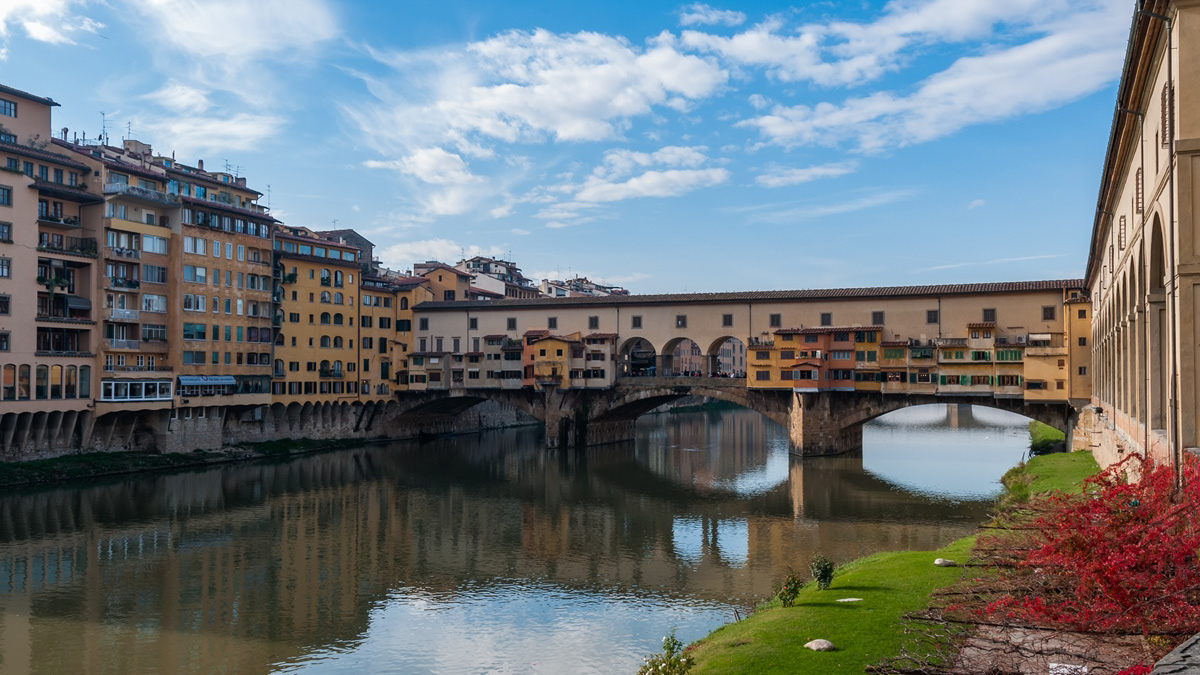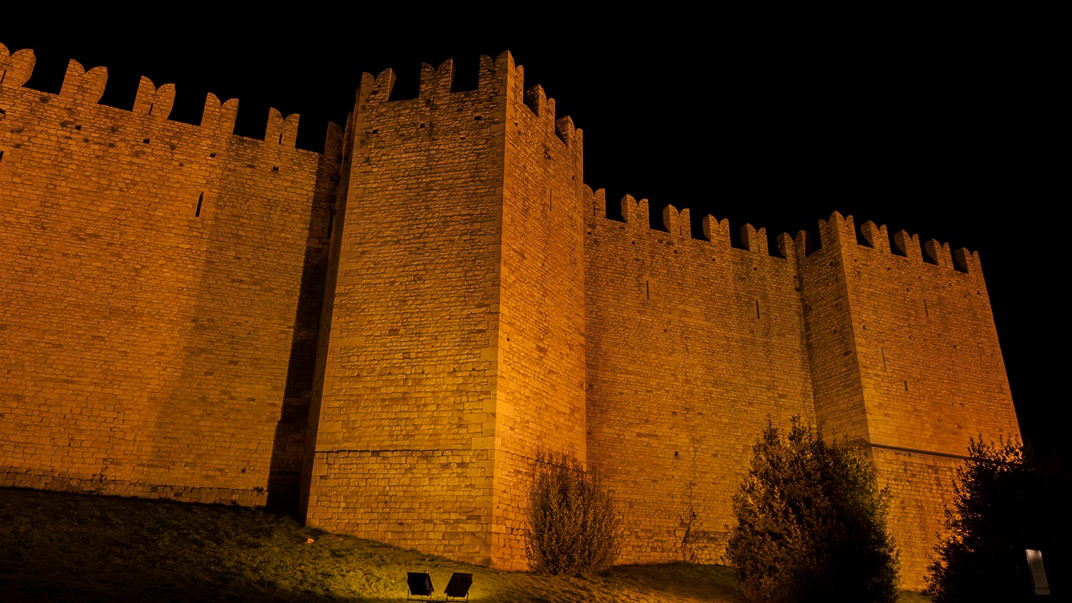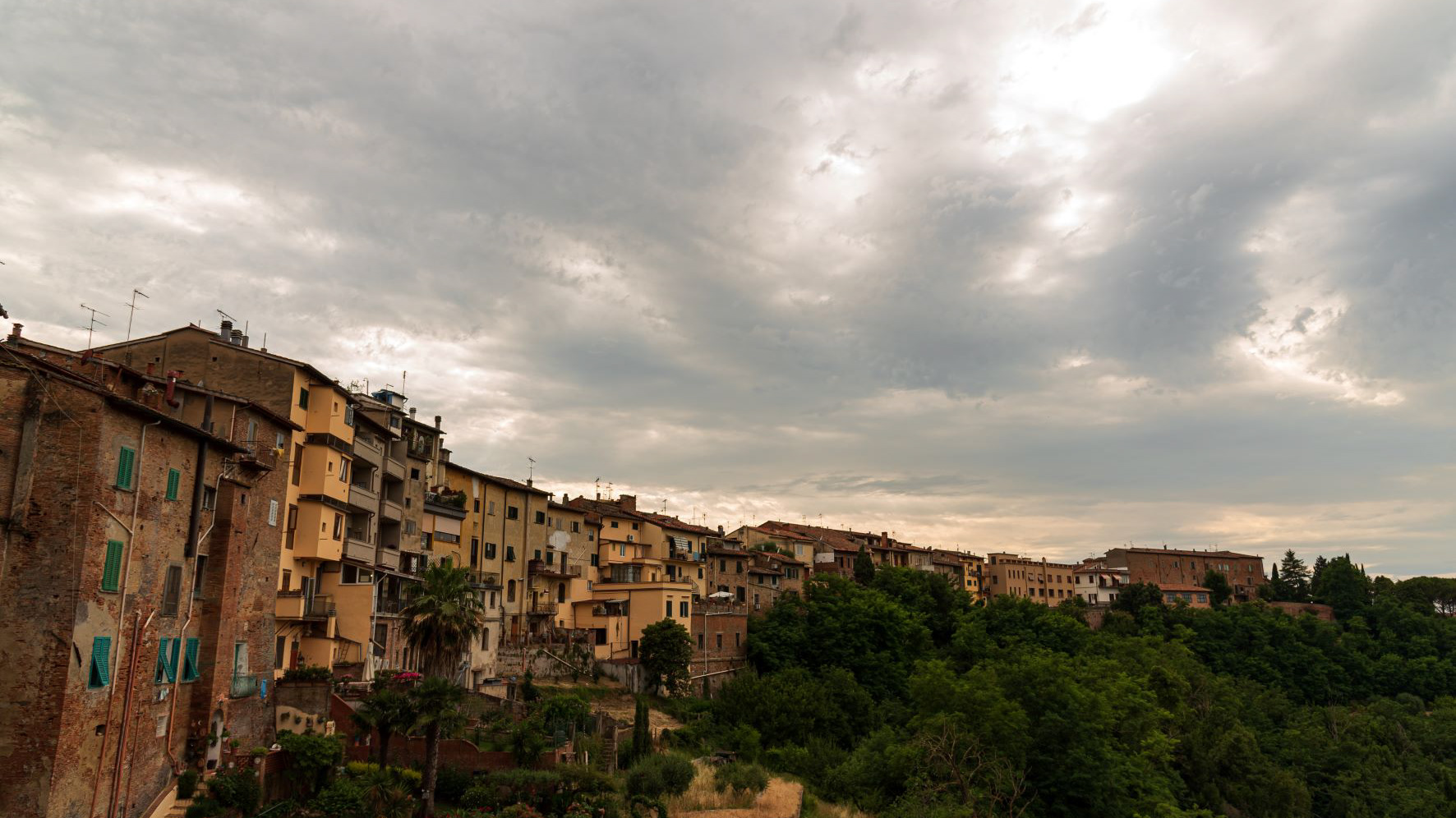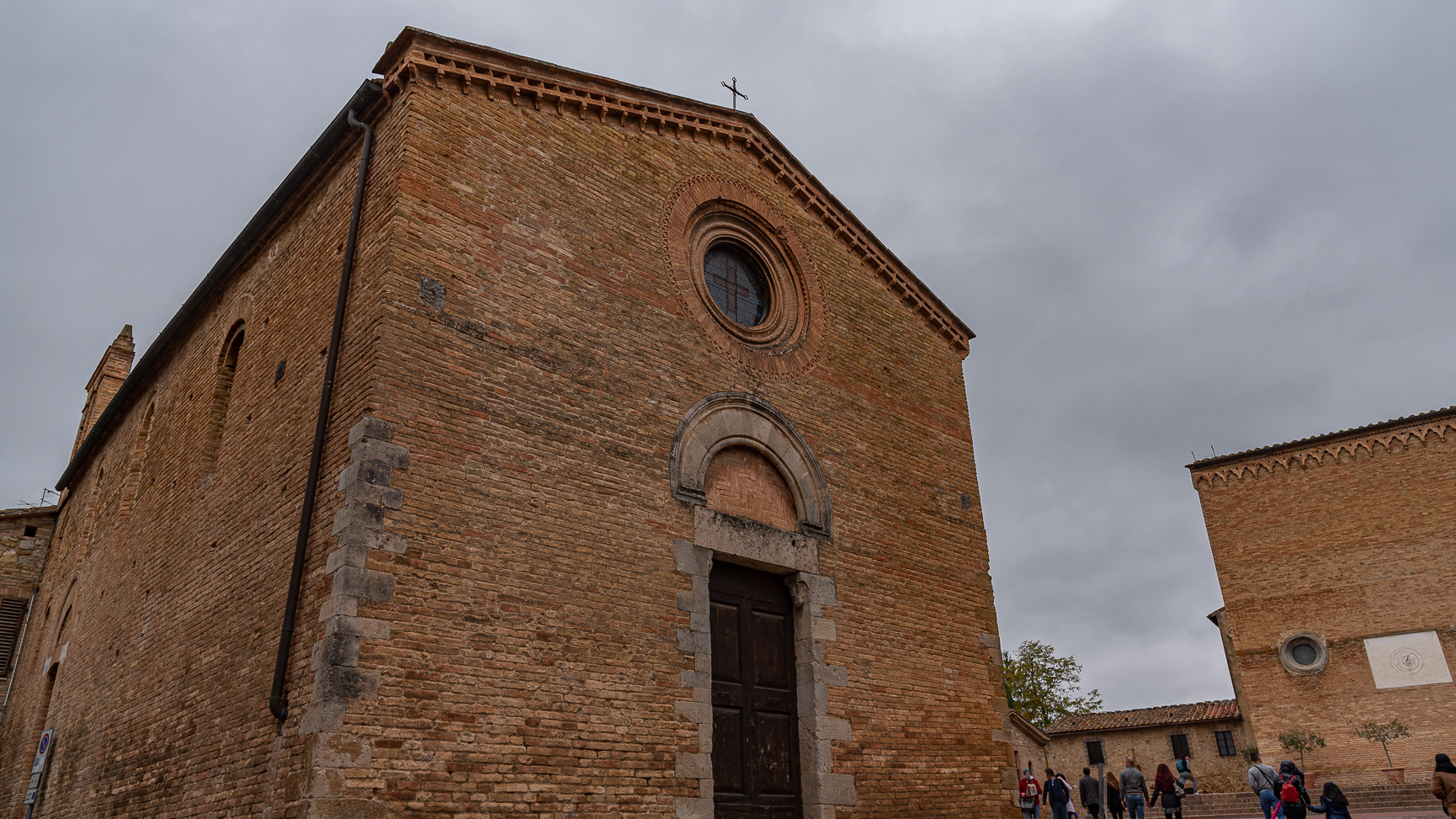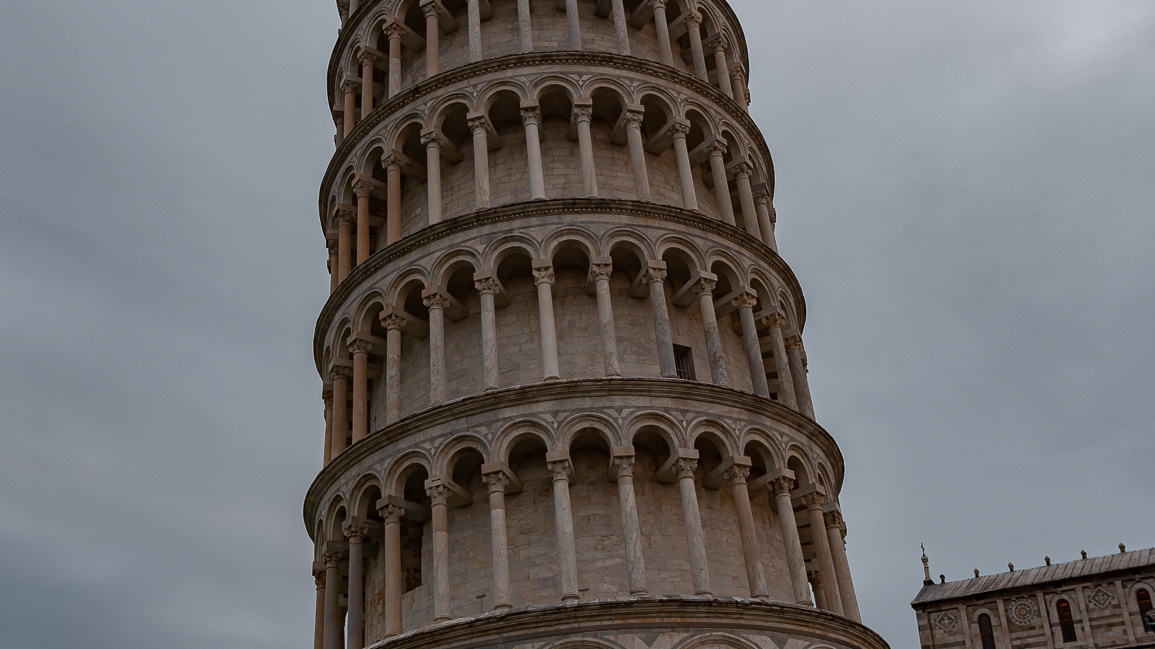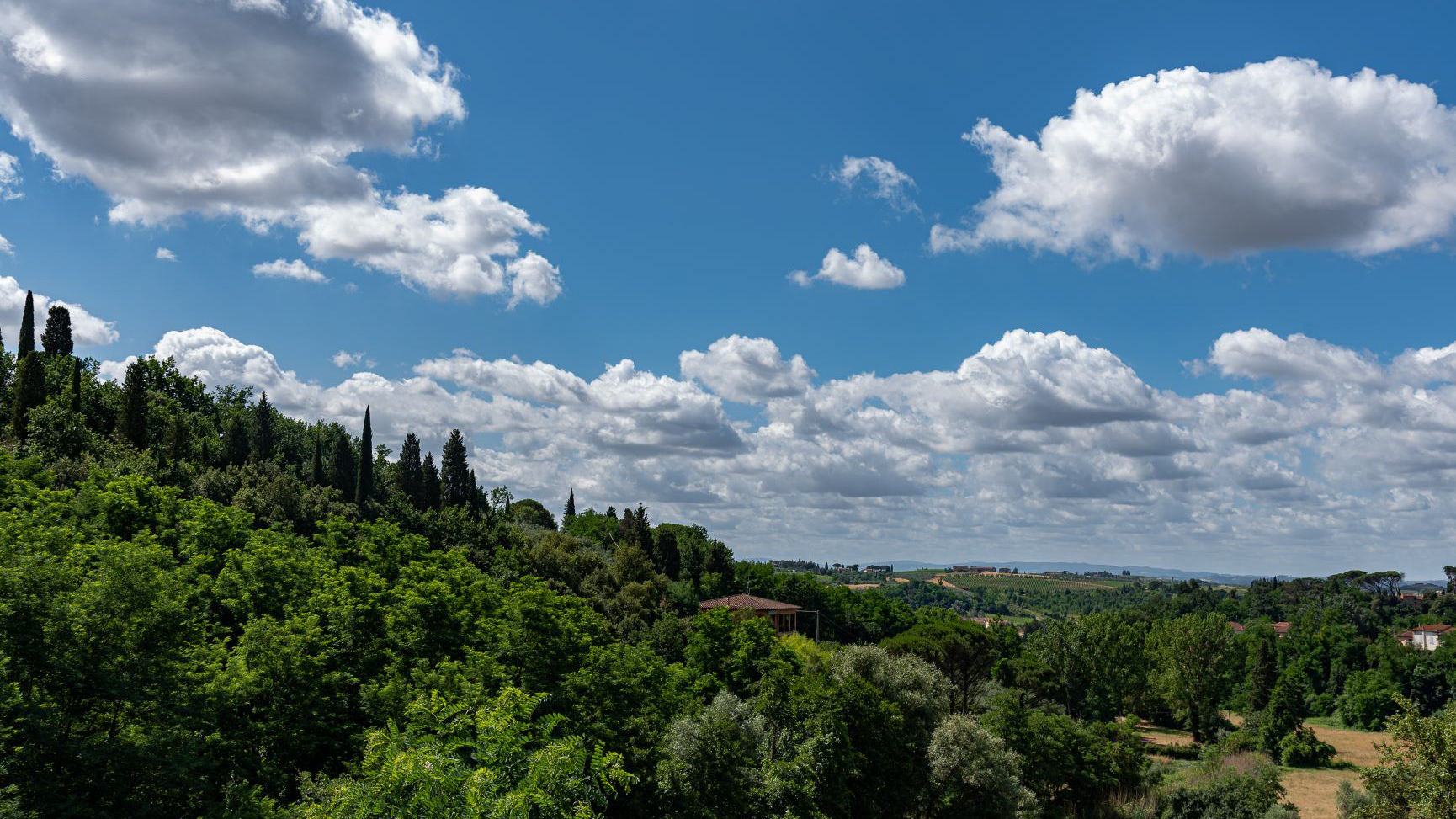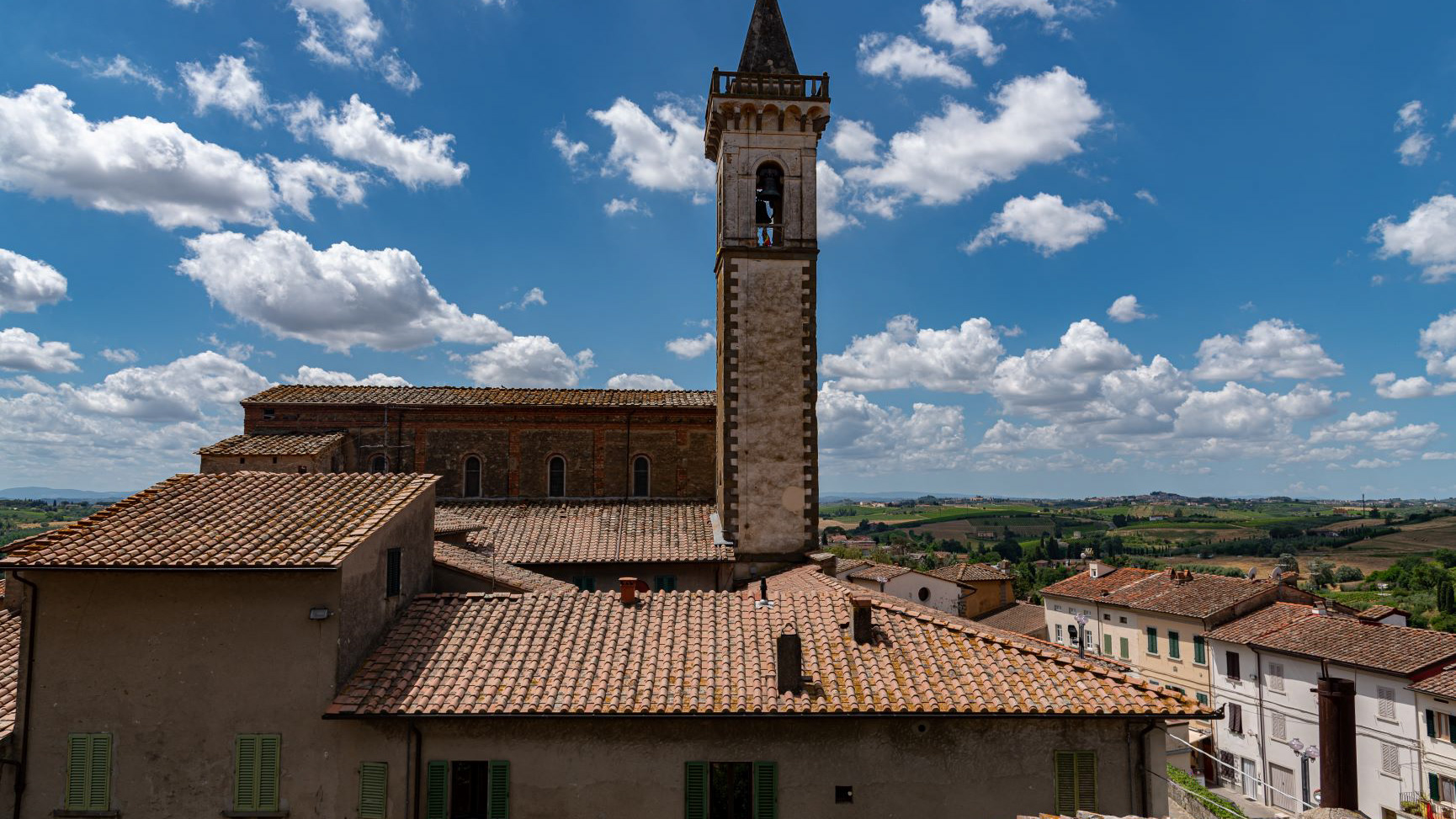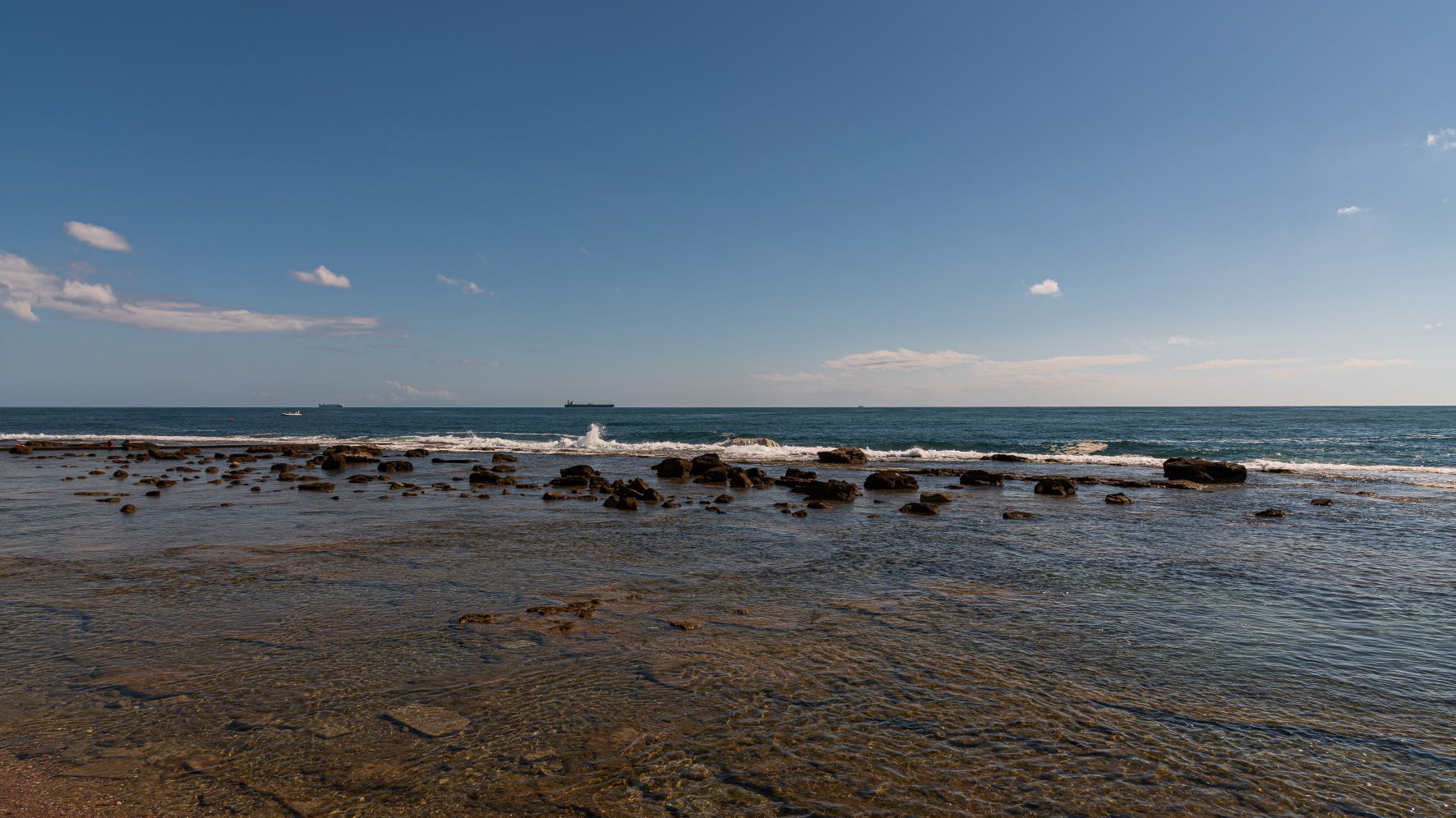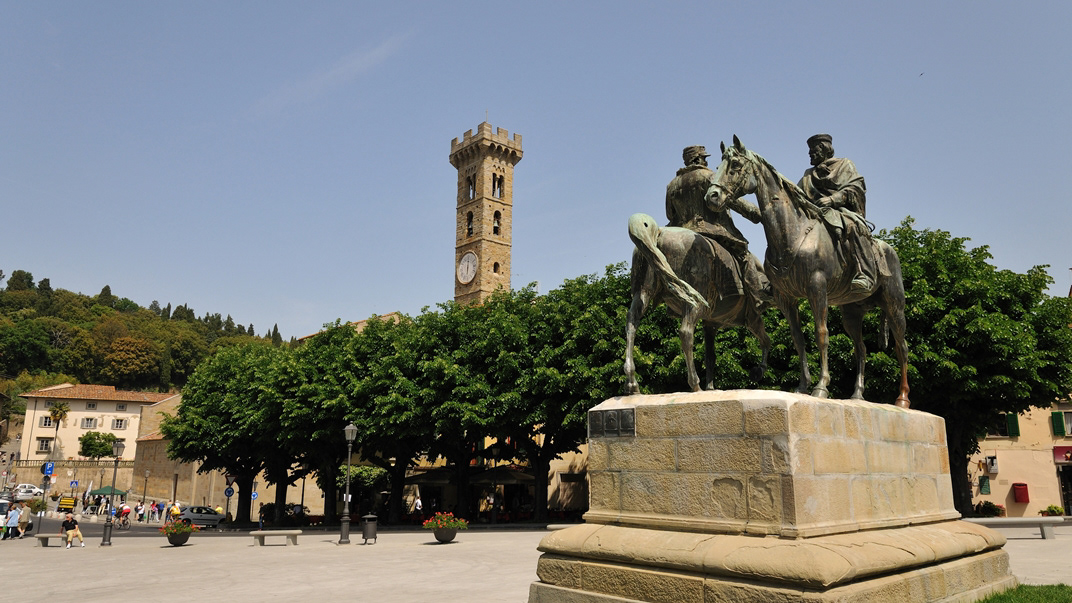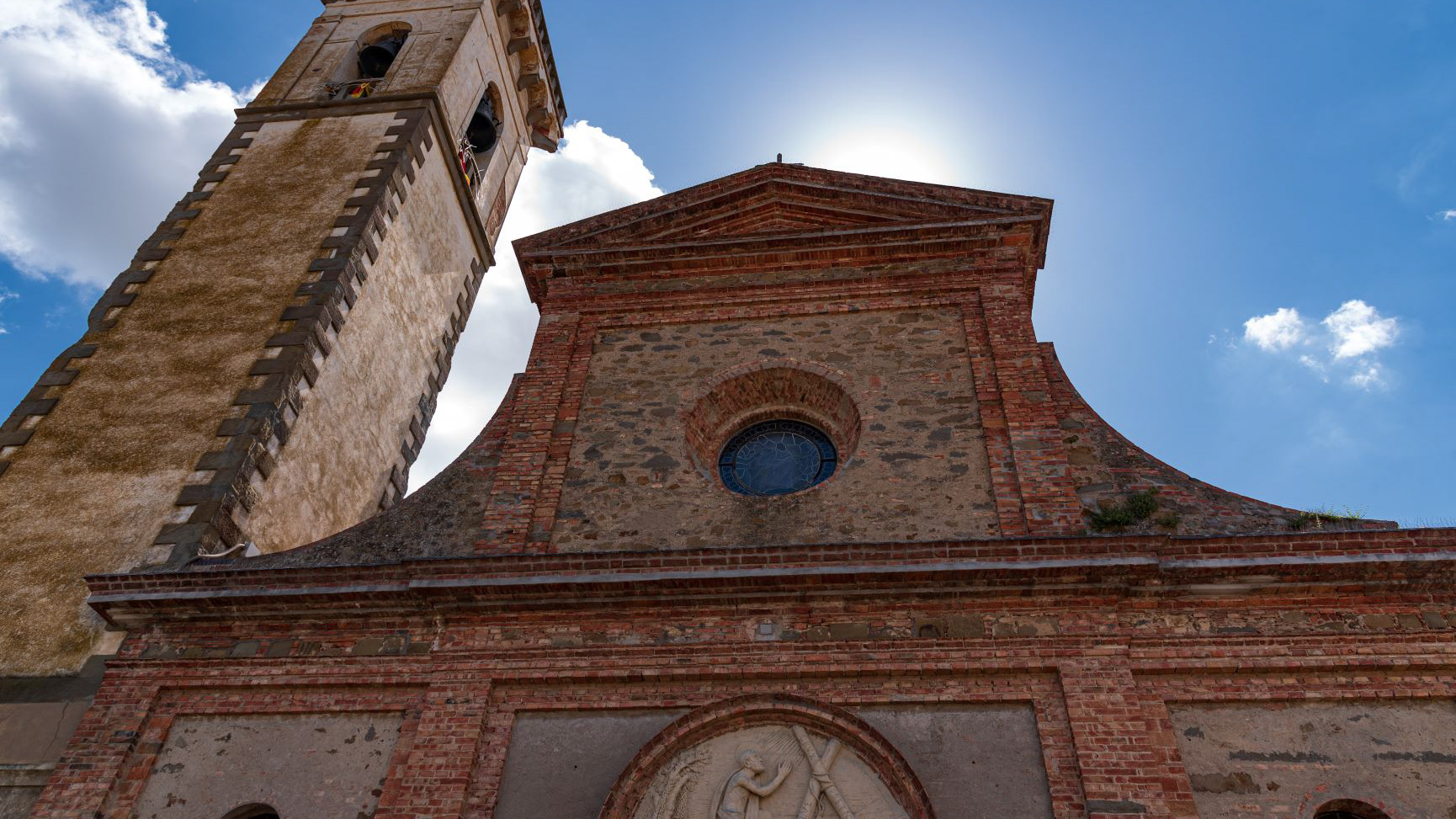Pisa, the cathedral of Santa Maria Assunta
The cathedral of Santa Maria Assunta, in the center of the Piazza del Duomo, also known as Piazza dei Miracoli, is the medieval cathedral of Pisa as well as the primatial church. Masterpiece of the Romanesque, in particular of the Pisan Romanesque, it represents the tangible testimony of the prestige and wealth achieved by the maritime republic of Pisa at the moment of its apogee. It was begun in 1063 (1064 according to the Pisan calendar in force at the time) by the architect Buscheto, with the tenth part of the booty of the undertaking of Palermo in Sicily against the Muslims (1063) led by Giovanni Orlandi belonging to the Orlandi family [1] . Different stylistic elements come together: classical, Lombard-Emilian, Byzantine and in particular Islamic, proof of the international presence of Pisan merchants at that time. In that same year the reconstruction of the Basilica of San Marco in Venice was also begun, so it may well be that at the time there was a rivalry between the two maritime republics to create the most beautiful and sumptuous place of worship. The church was erected in an area outside the early medieval walls, to symbolize the power of Pisa which did not need protection. The chosen area was already used in the Lombard period as a necropolis and, already in the early 11th century, an unfinished church was erected which must have been dedicated to Santa Maria. The new large church of Buscheto, in fact, was initially called Santa Maria Maggiore until it was definitively dedicated to Santa Maria Assunta.
You may also like
